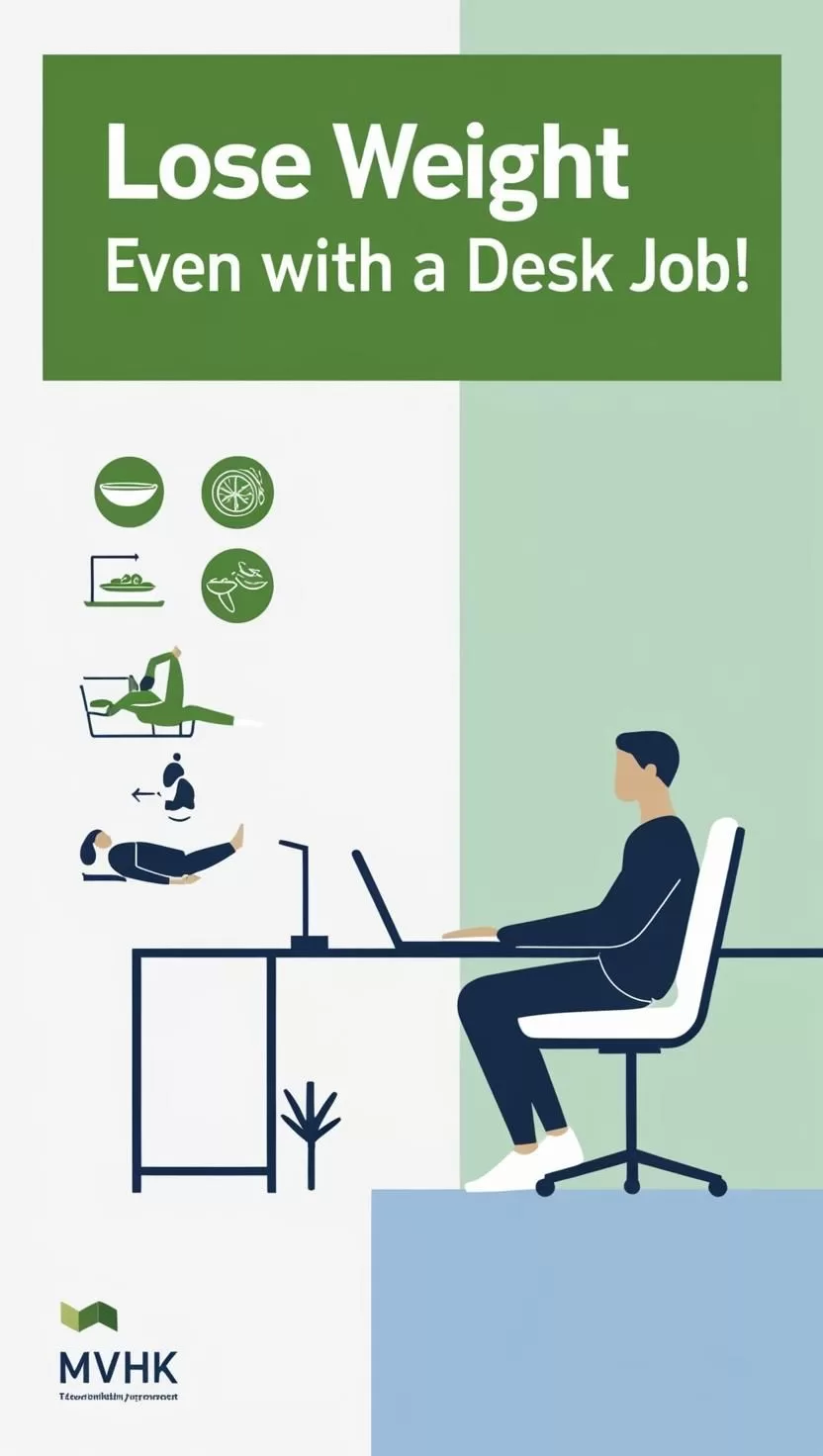Is Your Desk Job Destroying Your Posture? (Undo Lower Cross Syndrome Fast!)
Primary Keyword: lower cross syndrome
If you’ve ever felt mysterious lower back pain, stiffness in your hips, or noticed a “swayed” lower back when looking at yourself sideways in the mirror, you might be facing lower cross syndrome. Particularly common among people with desk jobs, this muscular imbalance sneaks up quietly—and correcting it is crucial for preventing chronic pain and mobility issues later in life.
1️⃣ Understanding Lower Cross Syndrome
What Is Lower Cross Syndrome?
Lower cross syndrome is a common postural imbalance characterized by a combination of tight hip flexors and lumbar erector spinae muscles with weak gluteal and abdominal muscles. This creates a distinctive anterior pelvic tilt and hyperlordosis (excessive inward curve of the lower back).
How Desk Jobs Create the Perfect Storm
Prolonged sitting shortens the hip flexors and deactivates the glutes, while your core muscles weaken from lack of engagement. Add in the natural tension of deadline stress, and you have the ideal breeding ground for lower cross syndrome.
2️⃣ The Symptoms You Shouldn’t Ignore
Physical Symptoms
- Constant lower back ache, especially after standing up
- Hip stiffness and reduced flexibility
- Protruding abdomen despite regular exercise
- Tension in the lower back
Postural Red Flags
- Excessive curve in the lower back
- Pelvis tilting forward (anterior pelvic tilt)
- Tight, uncomfortable feeling at the front of the hips
3️⃣ Recovery Methods You Can Start Today
At-Desk Stretching Routine
Combat tightness without leaving your office:
| Stretch | How to Do It | Time |
|---|---|---|
| Standing Hip Flexor Stretch | Step one foot forward, sink hips down | 30 sec each side |
| Seated Piriformis Stretch | Cross ankle over opposite knee, lean forward | 30 sec each side |
| Cat-Cow Seated Stretch | Arch and round your back while seated | 1 min total |
Strengthening the Weak Links
- Glute Bridges – Activate sleepy glutes
- Dead Bugs – Core stabilization without straining the lower back
- Bird-Dogs – Cross-body stability that mimics real-world movement
Conclusion: How to Get Started Today
Lower cross syndrome is preventable and reversible. Begin by adjusting your work setup—switch to a standing desk or take hourly stretch breaks. Incorporate daily glute and core strengthening exercises, and stay mindful of your sitting posture. Small changes can transform your posture and health over time.
FAQ
What causes lower cross syndrome?
Lower cross syndrome is caused by muscular imbalances: tightness in the hip flexors and lower back muscles, combined with weakness in the glutes and abdominals, often from prolonged sitting.
Can stretching alone fix lower cross syndrome?
No. While stretching helps, strengthening weak muscles is equally critical to correct the imbalance effectively.
How long does it take to fix lower cross syndrome?
With consistent stretching and strengthening, noticeable improvements typically occur within 6–12 weeks.






